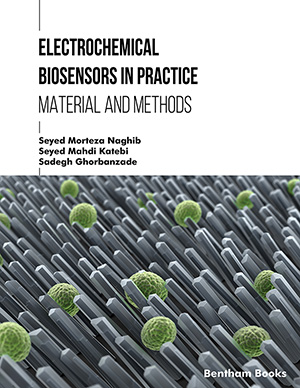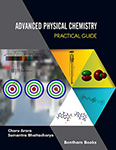
Abstract
Background: Molecular hybridization (MH) is currently well-practiced in the rational drug design and has offered notable success in developing various lead candidates. With the proven pharmaceutical potentials of 4H-pyrans and indoles, the present work has been conceived to unit these two potent structural motifs within one molecular architecture by introducing a new protocol that satisfies several green chemistry aspects.
Method: The aim of this present work is to develop a facile and eco-friendly protocol for the synthesis of biologically relevant diversely substituted 2-amino-3-cyano-4-(3-indolyl)-4H-chromenes at ambient conditions. Characterizations of the synthesized compounds have been performed using analytical and spectral tools. Results: A practical method for the facile one-pot synthesis of a series of pharmaceutically interesting functionalized 2-amino-4-(indol-3-yl)-4H-chromene-3-carbonitriles has been developed from the sequential Knoevenagel-cyclocondensation and Michael addition between salicylaldehydes, malononitrile and indoles in aqueous ethanol at room temperature based on commercially available trisodium citrate dihydrate as an inexpensive and eco-friendly catalyst. Conclusion: We have developed a simple, energy-efficient and eco-friendly method for easy access to such heterocycles of promising interest from a one-pot multicomponent reaction. The mild reaction conditions at room temperature, good to excellent yields, operational simplicity, absence of tedious separation procedures, clean reaction profiles, reusability of the reaction media, energy efficiency, high atom economy, as well as the use of inexpensive and environmentally benign catalyst are the key advantages of the present method.Keywords: Multicomponent reactions, heterocycles, 2-amino-4-(indol-3-yl)-4H-chromene-3-carbonitriles, trisodium citrate dihydrate, aqueous ethanol, room temperature, green and sustainable chemistry.
 28
28 1
1
















